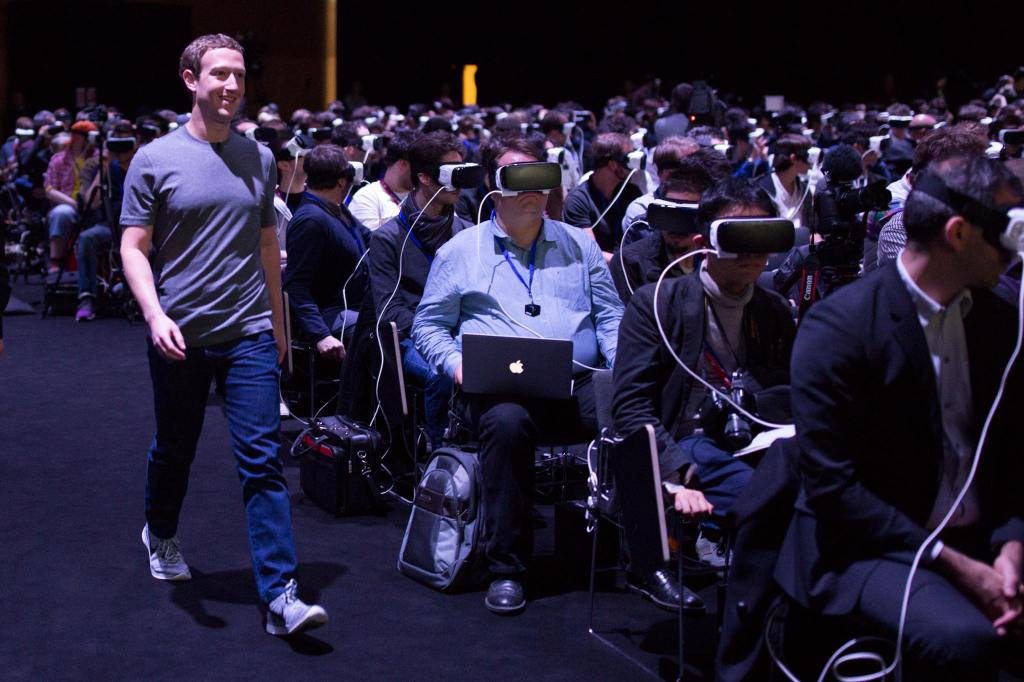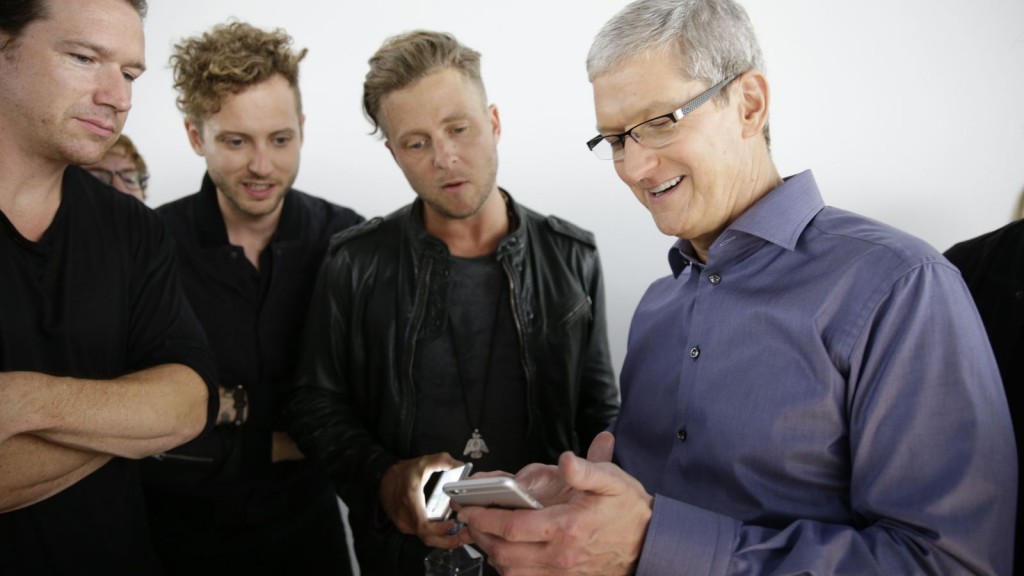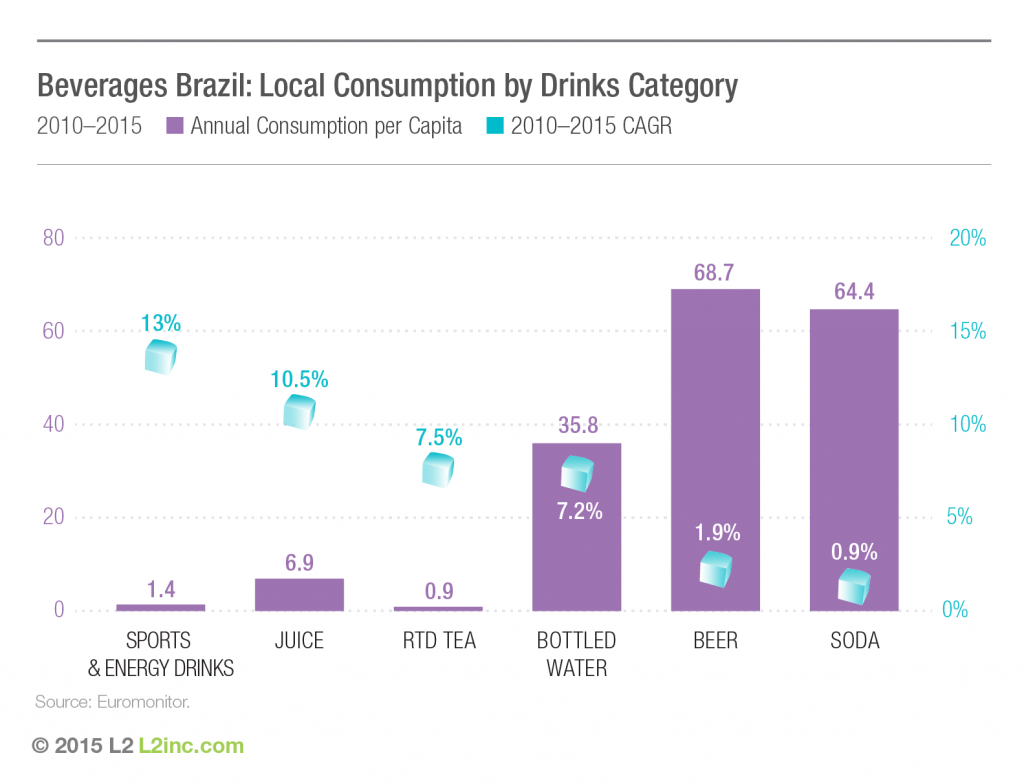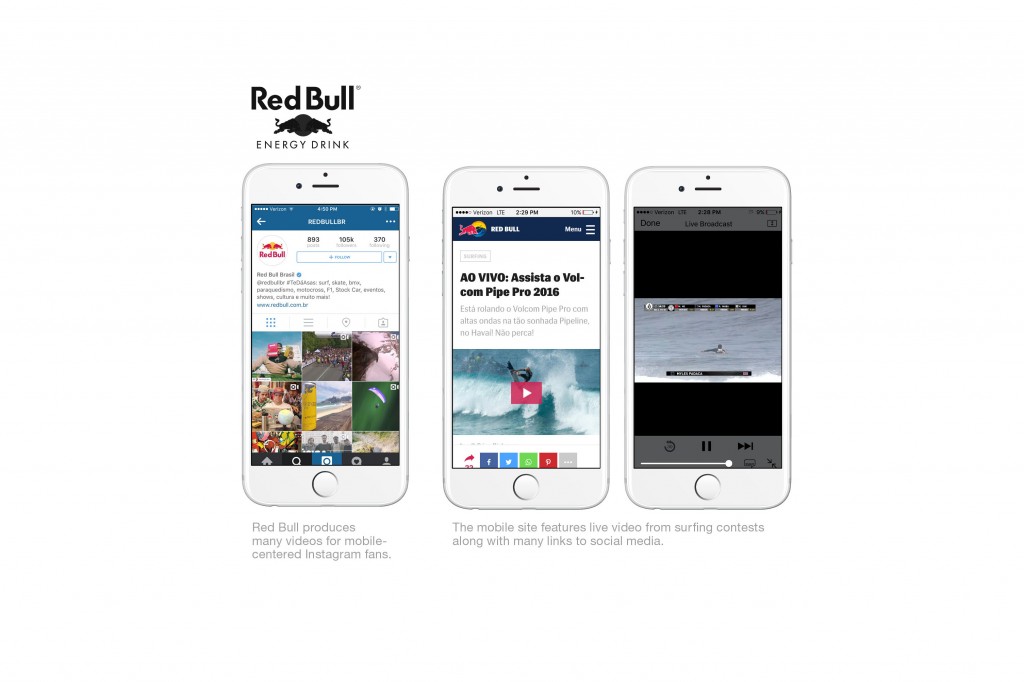
Mark Zuckerberg, Facebook’s boss, is on a drive to bring internet access to the world’s poor.
He says it is a human right, along with education and nutrition. Conveniently, it would also add Facebook users.
Sheryl Sandberg, one of his lieutenants, travels the world to talk about equality for women. She says we should all lean-in.
Google’s Sundar Pichai is in Brussels on a “state visit” to meet European Union officials and press his views on data security, privacy and competition.
What’s going on?
It’s the rise of the tech CEO statesman. And it’s making me a little afraid.
Not content with running their vast businesses, these titans of tech are now wading into public life. Why?
By their nature, tech firms are more likely than others to be operating in areas—such as the on-demand economy—in which regulation is dated or inchoate.
Also some of them have started to look less like businesses and more like countries.
Facebook has 1.6 billion users, more than the population of China. Apple has sold more than 1 billion devices. Last year it had revenues of $234 billion, which is more than those of most governments.
Tech titans often publish their views in blog posts rather than give interviews – “the digital equivalent of reading off of a teleprompter and taking no questions,” says The Economist.
Most present themselves as kind of philanthropists, like Bill Gates or Warren Buffett. But sometimes they seem a bit more self-serving than that.
Recently Mark Zuckerberg’s plan to bring free internet to the poor in India was dismissed as a colonialist attempt to impose a corporate agenda.

I feel Apple CEO Tim Cook’s crusade for privacy with regards to iPhones is just as self-serving.
It’s hard to trust someone who talks about what’s good for society when you know they are doing their utmost to make sure their company only pays 2.3% tax. It kind of makes you not like him.
Jeffrey Sonnenfeld, a professor at Yale University’s School of Management agrees.
“Tim Cook has climbed up on a pedestal, but the pedestal is in the corner,” he says.
Interested in digital training? Contact Andy at Furthr right now.
Posted in: Infographic of the day | Leave a Comment
















